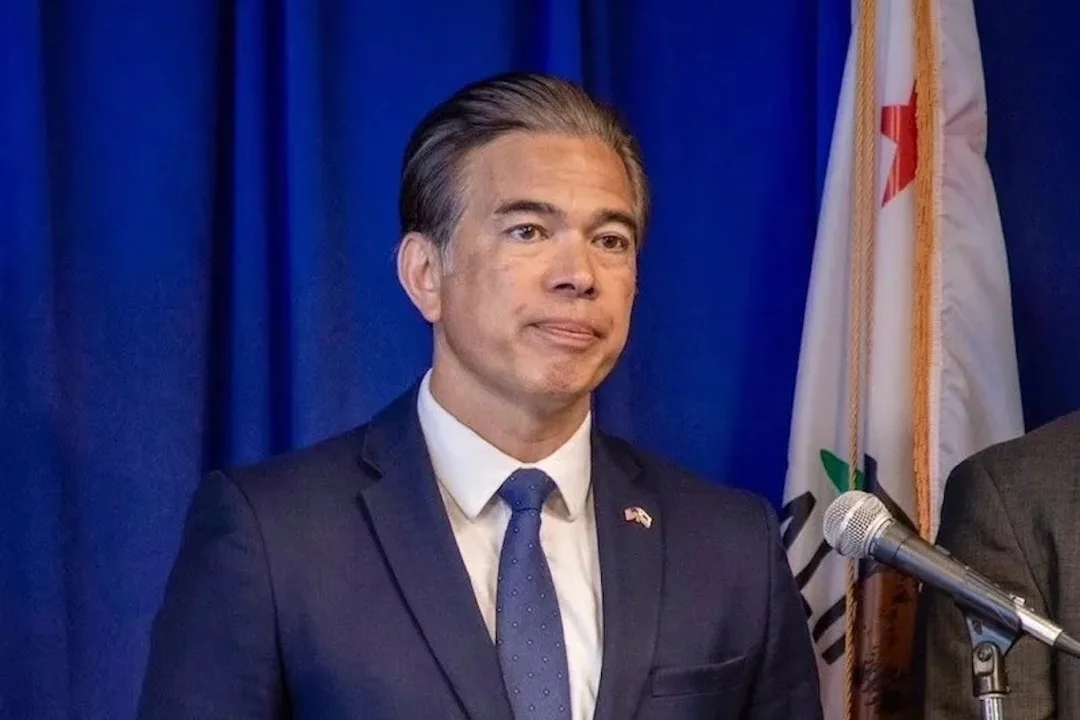
What’s Next for California’s Coastal Landscape Following the Sable Offshore Controversy?
In a dramatic turn of events, the ongoing saga of Sable Offshore's oil operations off California's Gaviota Coast has captivated environmental advocates, state officials, and local residents alike. The recent ruling by the California Coastal Commission, which imposed a historic $18 million fine on the Texas-based oil company, underscores the tension between environmental regulation and energy production in a state grappling with climate change.

The Coastal Commission's April 10 decision marks a significant moment in its 53-year history, as it levied the largest fine ever issued against any entity. This came after Sable Offshore allegedly ignored multiple cease-and-desist orders aimed at halting unpermitted work on crucial oil pipelines. The company has faced mounting scrutiny for its operations, which are tied to the notorious 2015 Refugio Oil Spill that released over 130,000 gallons of oil into the Pacific Ocean.
The case has ignited intense debates about jurisdiction and regulatory enforcement in California. Sable Offshore's attorneys contend that their actions are legitimate under permits granted decades ago and argue that the Coastal Commission is overstepping its authority. Meanwhile, California Attorney General Rob Bonta has also taken to court, seeking temporary restraining orders against Sable's operations, all while the commission prepares to hear arguments for a preliminary injunction later this month.

At the April 10 hearing, Coastal Commissioner Meagan Harmon referred to Sable's noncompliance as a clear violation of the law, emphasizing the commission's responsibility to protect sensitive coastal ecosystems. The legal back-and-forth is complicated by conflicting claims about jurisdiction—while Sable asserts that Santa Barbara County has final authority over the pipeline work, the Coastal Commission insists that its oversight is crucial in this context.
In light of the recent ruling, environmental groups are closely monitoring developments. Advocates argue that California should intensify efforts to transition away from fossil fuels, particularly in light of the ongoing climate crisis. Linda Krop, chief counsel of the Environmental Defense Center, described the waivers granted to Sable as “exempting basic corrosion prevention requirements,” posing significant risks to marine wildlife and coastal communities.
The Coastal Commission’s actions come amid increased public demand for accountability in handling oil operations along California's coast. Reports suggested that the commission is grappling with waning political support, as various stakeholders question its authority. Conversely, some local officials and economic advocates view the commission’s decisions as vital for protecting both the environment and public interest.
As Sable continues its repair and maintenance work amidst ongoing legal challenges, the stakes couldn't be higher. Not only do the environmental impacts weigh heavily on California’s future, but the local economy, reliant on coastal resources and tourism, hangs in the balance. What lies ahead for Sable Offshore, the Coastal Commission, and environmental advocates remains uncertain, but the ongoing legal dramas will undoubtedly shape California's coastal landscape for years to come.
In conclusion, can California balance its energy needs with stringent environmental protections? As the situation evolves, community voices and perspectives will play a critical role in shaping future policies. We invite readers to share thoughts and opinions on how California should navigate this complex intersection of environment and energy.